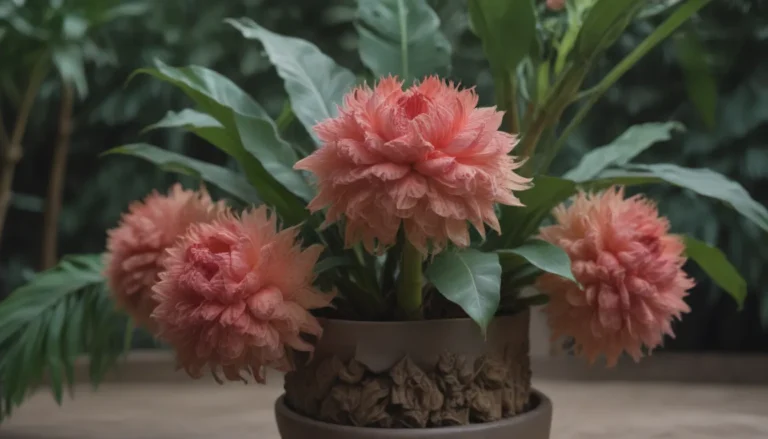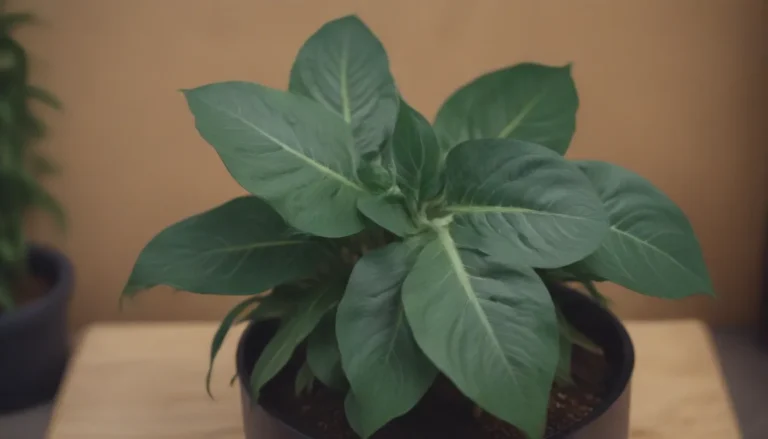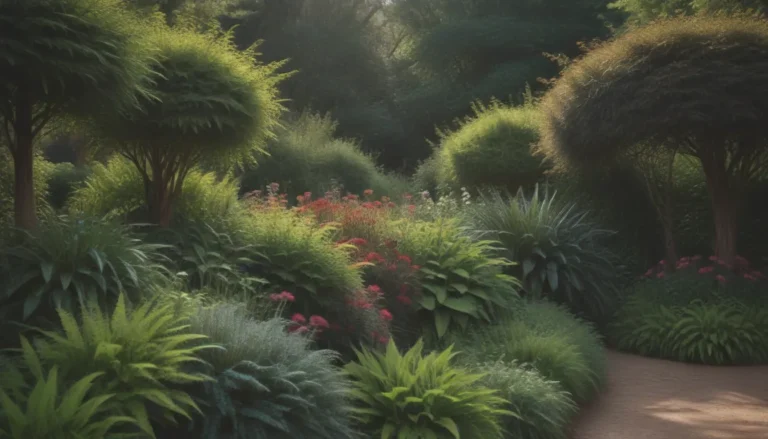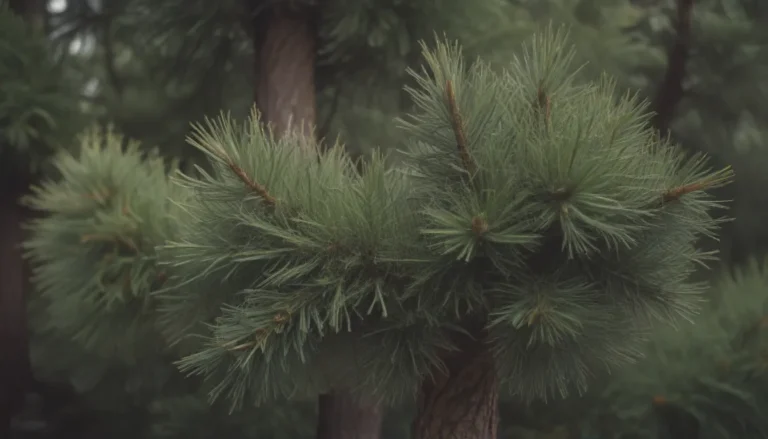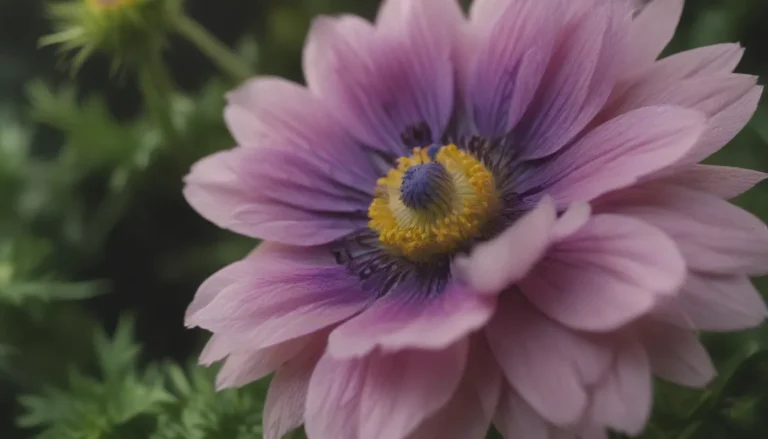Small Evergreen Shrubs: A Comprehensive Guide for Your Landscape
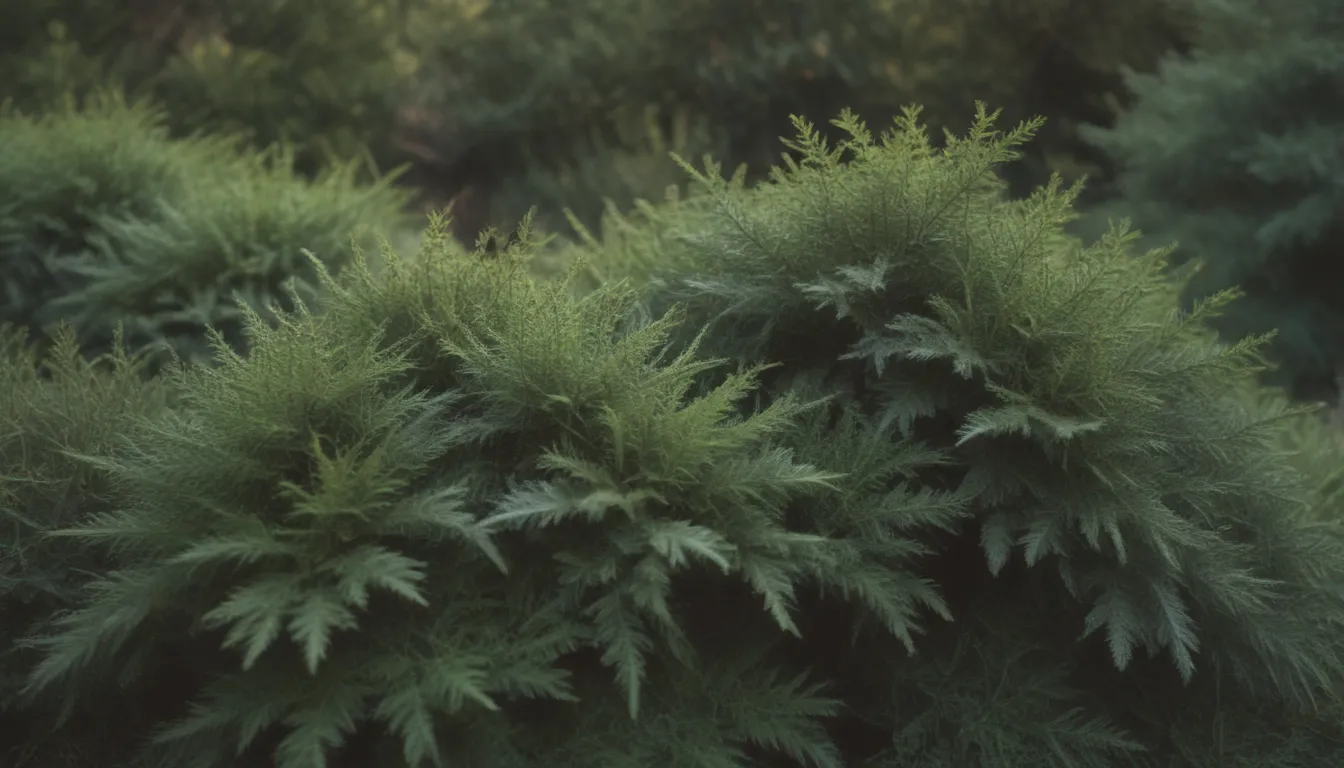
When it comes to landscaping, small evergreen shrubs can be a game-changer. These low-growing, compact plants are not only aesthetically pleasing but also versatile in their use. Whether you want to create an accent border, grow them in containers, or scatter them as groundcovers, small evergreen shrubs add color and texture to your landscape all year round.
Evergreen shrubs retain their foliage from season to season, providing a pop of color when other plants are bare during the winter months. From bright blooms to interesting foliage, these small shrubs offer a variety of options to enhance your outdoor space. Before you start adding them to your landscape, it’s essential to consider the mature size of each variety and its annual growth rate. What may be considered a dwarf in one species could turn out to be taller in another.
In this comprehensive guide, we’ll explore some of the most popular types of small evergreen shrubs that are perfect for any home landscape. Let’s dive in and discover the beauty and benefits of these compact plants.
Blue Star Juniper
The Blue Star Juniper is a standout choice for those looking to add a touch of blue-gray foliage to their landscape. With its short blue-green needles that grow in dense whorls of three, this shrub pairs beautifully with broadleaf evergreens sporting golden foliage. Blue Star Junipers tend to spread rather than grow upwards, making them ideal for mass planting to form a groundcover on a slope.
- Name: Blue Star Juniper
- USDA Hardiness Zones:
- Color Varieties: Blue-gray
- Sun Exposure:
- Mature Size:
- Growth Habit:
Mountain Laurel
For clusters of rose, pink, or white flowers with purple markings in late spring to early summer, look no further than the Mountain Laurel. This broadleaf evergreen shrub adds a splash of color to your landscape. If you have limited space, consider the dwarf variety ‘Minuet,’ which offers colorful flowers and a compact size. Light pruning after blooming can help maintain its full and bushy appearance.
- Name: Mountain Laurel
- USDA Hardiness Zones:
- Color Varieties: Rose, pink, white
- Sun Exposure:
- Mature Size:
- Growth Habit:
False Cypress ‘Golden Mop’
The ‘Golden Mop’ cultivar of False Cypress is a slow-growing, yellow-needled shrub native to Japan. With its mophead shape and low maintenance requirements, this shrub is an excellent choice for patio plantings or low hedges. It takes up to 10 years to reach a height of two feet, making it a compact and colorful addition to any landscape.
- Name: False Cypress ‘Golden Mop’
- USDA Hardiness Zones:
- Color Varieties: Yellow
- Sun Exposure:
- Mature Size:
- Growth Habit:
Dwarf Azalea ‘Amoena’
Dwarf Azaleas like ‘Amoena’ are compact evergreen shrubs known for their hardiness and small magenta flowers. Originally discovered in the mountains of Japan, these azaleas thrive in partial shade, making them perfect for cottage gardens and woodland settings. While popular in the U.K., they may be more challenging to find in the United States.
- Name: Dwarf Azalea ‘Amoena’
- USDA Hardiness Zones:
- Color Varieties: Magenta
- Sun Exposure:
- Mature Size:
- Growth Habit:
Dwarf Alberta Spruce
Despite being classified as a shrub, the Dwarf Alberta Spruce eventually grows into a small tree. This slow-growing plant maintains its conical shape and prefers well-drained, neutral soils in full sun. Ideal for colder climates, this shrub is often used as an anchor plant near home entrances or as a specimen plant in gardens.
- Name: Dwarf Alberta Spruce
- USDA Hardiness Zones:
- Color Varieties:
- Sun Exposure:
- Mature Size:
- Growth Habit:
‘Gem Box’ Inkberry Holly
For those looking for a low-maintenance, dense shrub, the ‘Gem Box’ Inkberry Holly is an excellent choice. While most inkberry shrubs reach heights of five to 10 feet, this cultivar stays compact at three feet. Perfect for low hedges, ‘Gem Box’ thrives in various hardiness zones and requires minimal pruning to maintain its shape.
- Name: ‘Gem Box’ Inkberry Holly
- USDA Hardiness Zones:
- Color Varieties:
- Sun Exposure:
- Mature Size:
- Growth Habit:
Japanese Holly ‘Compacta’
The ‘Compacta’ version of Japanese Holly is a low, compact shrub with dark green foliage and small black fruit. Thriving in clay soils, this easy-to-transplant evergreen is suited for urban environments. ‘Compacta’ works well in mass plantings, borders, and foundation beds, attracting bees for pollination.
- Name: Japanese Holly ‘Compacta’
- USDA Hardiness Zones:
- Color Varieties:
- Sun Exposure:
- Mature Size:
- Growth Habit:
Little Giant Dwarf Arborvitae
While many arborvitae varieties grow tall and conical, the ‘Little Giant’ Dwarf Arborvitae is a small, globe-shaped shrub. Its bright green color remains vibrant even in winter, making it ideal for foundation plantings, hedges, or specimen planting alongside flowering plants.
- Name: Little Giant Dwarf Arborvitae
- USDA Hardiness Zones:
- Color Varieties:
- Sun Exposure:
- Mature Size:
- Growth Habit:
Japanese Skimmia
If you’re looking for a slow-growing, flowering evergreen shrub, the Japanese Skimmia is a fantastic choice. Producing white flowers and red fruit with both male and female plants, this broadleaf evergreen thrives in shade. Perfect for foundation plantings and borders, the Japanese Skimmia adds fragrance and color to your landscape.
- Name: Japanese Skimmia
- USDA Hardiness Zones:
- Color Varieties:
- Sun Exposure:
- Mature Size:
- Growth Habit:
Dwarf English Boxwood
The Dwarf English Boxwood is a classic choice for hedges, topiaries, and border plantings. Slow-growing and compact, this shrub has a slightly wider spread and works well in containers. Regular pruning is key to maintaining its shape when used as a hedge or border plant.
- Name: Dwarf English Boxwood
- USDA Hardiness Zones:
- Color Varieties:
- Sun Exposure:
- Mature Size:
- Growth Habit:
Winter Heath
Winter Heath, also known as Scotch Heath, offers year-round beauty as a low-growing evergreen shrub or groundcover. Blooming in winter, this plant thrives in acidic, well-drained soil and forms a dense mat perfect for slopes and rock gardens. Its flowers can last up to six months, adding color to your landscape during the colder months.
- Name: Winter Heath
- USDA Hardiness Zones:
- Color Varieties:
- Sun Exposure:
- Mature Size:
- Growth Habit:
Emerald ‘n’ Gold Wintercreeper
With bi-colored gold and green leaves, the Emerald ‘n’ Gold Wintercreeper adds a pop of color to your landscape. This shrub thrives in partial shade and can be used as a groundcover, low hedge, or climbing vine on a trellis. Its spreading growth habit makes it versatile for various landscaping purposes.
- Name: Emerald ‘n’ Gold Wintercreeper
- USDA Hardiness Zones:
- Color Varieties: Gold, green
- Sun Exposure:
- Mature Size:
- Growth Habit:
Moonshadow Wintercreeper
The ‘Moonshadow’ Wintercreeper features a green-and-gold variegation pattern, with gold at the centers and green at the margins of its leaves. This shrub is excellent as a container plant, thanks to its cascading growth habit. Its lush foliage adds texture and interest to any landscape setting.
- Name: Moonshadow Wintercreeper
- USDA Hardiness Zones:
- Color Varieties: Green, gold
- Sun Exposure:
- Mature Size:
- Growth Habit:
Emerald Gaiety Wintercreeper
The ‘Emerald Gaiety’ Wintercreeper is a slow-growing shrub with small leaves, inconspicuous flowers, red berries, and good fall color. When grown in partial shade, its leaves exhibit significant variegation. This shrub can also be trained to grow as a vine, adding a vertical element to your landscape design.
- Name: Emerald Gaiety Wintercreeper
- USDA Hardiness Zones:
- Color Varieties:
- Sun Exposure:
- Mature Size:
- Growth Habit:
Adam’s Needle
When massed together, Adam’s Needle forms a formidable hedge with its sword-shaped leaves ending in sharp tips. Its tall panicles of white bell-shaped flowers bloom in late spring to early summer, adding visual interest to your landscape. Varieties like ‘Garland’s Gold’ or ‘Golden Sword’ offer golden foliage for a unique touch.
- Name: Adam’s Needle
- USDA Hardiness Zones:
- Color Varieties:
- Sun Exposure:
- Mature Size:
- Growth Habit:
Most dwarf evergreen shrubs top out around three to four feet in height with a similar spread. Their slow growth and shallow root systems make them ideal for foundation plantings, as they’re less likely to cause issues with a home’s foundation. For low-maintenance landscapes, consider options like boxwoods, azaleas, yews, and compact hollies, which require minimal care and thrive in various conditions.
Whether you’re looking to add color to your winter landscape or create a lush border, small evergreen shrubs offer endless possibilities for your outdoor space. With their compact size and year-round interest, these plants are sure to enhance the beauty of your landscape for years to come.
